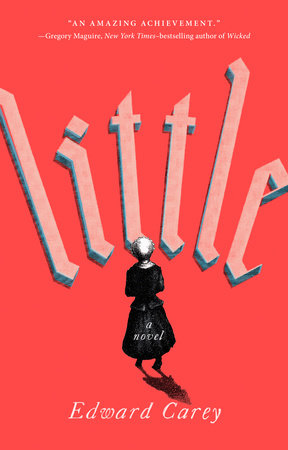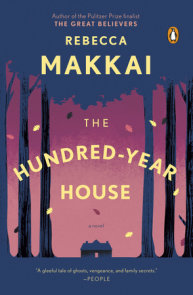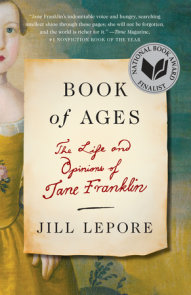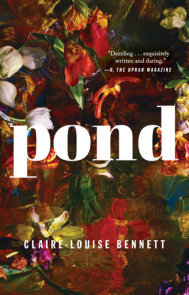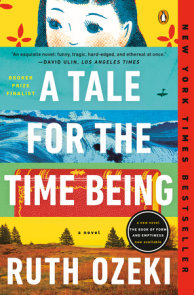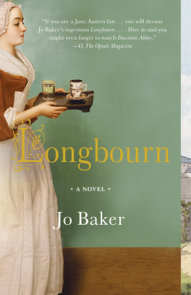READERS GUIDE
Questions and Topics for Discussion
1. Illustrations are a big part of how Marie tells her story. How did that affect your reading experience? Did the illustrations match what you imagined? Did they change your perception of any of the characters? What do Marie’s artistic choices tell us about her as a character?
2. “Just as the fibula is to the tibia: we are connected. You and I,” Curtius tells Marie. Besides their interest in anatomy and wax, what qualities do Marie and Curtius share? Do they approach relationships similarly? How about rejection?
3. Most of Little takes place before and during the French Revolution. What does Marie’s stint at Versailles suggest about the monarchy and aristocracy in France? How do you think Marie’s position working for Elisabeth compared to her position in the Monkey House?
4. “I am loved! I am!” Marie cries at one point in the book; she spends much of the story wishing both to find love and to be valued. After she and Edmond get together, is her wish fulfilled? Does being loved change her life? Before that point, in what ways does Marie seek affection? Do the characters Marie loves—Curtius, Edmond, Elisabeth—reciprocate that love?
5. Curtius calls the wax he works with the “greatest of detail collectors, finest of imitators, most honest of matters.” Is wax always honest? How does the book use waxworks to reflect on memory keeping and representation?
6. Curtius and Marie work with wax; Edmond and the widow work with cloth; even the king works with locks. How are work and craftsmanship portrayed in the book? What does it mean to each character, and how much does it factor into their sense of identity? What did you make of Marie’s insistence on getting paid for her work?
7. When Curtius mounts a wax figure of the murderer Desrues, the widow complains that “it is as if we celebrate what he did.” When Edmond returns from the printworks, all he can utter are poster slogans. What does Marie’s story have to tell us about the early days of media culture?
8. The Widow Picot is one of Little’s greatest antagonists, but she is also a complicated person. What was your impression of the widow when she first appears, and how did it change? What did you make of her obsessions with her son, the mannequin of her husband, and Curtius? How does the widow’s relationship with grief affect her behavior toward others? Did you find her behavior more domineering and abusive, or anxious and protective?
9. Marie, Curtius, the widow, and Edmund move into the Monkey House, which formerly used to house real monkeys. What animal characteristics do the family members display? When Jacques Beauvisage moves into the house, what beliefs about human and animal behavior does he evoke? Does his appearance or behavior make him less worthy of affection? Is he irretrievably wild, or does he have the potential to change?
10. Some readers may know from the start that Marie grows up to be Madame Tussaud, whose wax museum is still an international sensation today. Others may realize this only at the end of the novel. Did this come as a surprise, and if so, how did it affect your perception of Marie’s story? What can we learn from the legacy of a life that was once seen as small and valueless?









